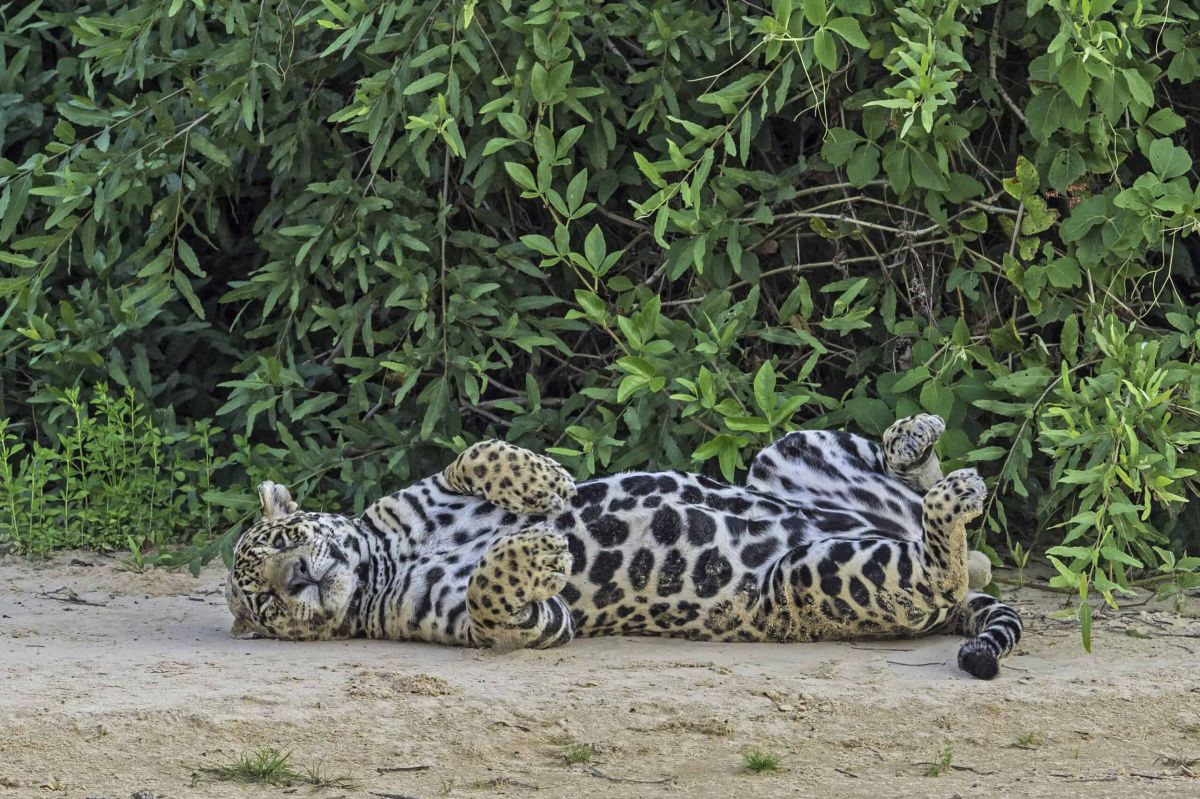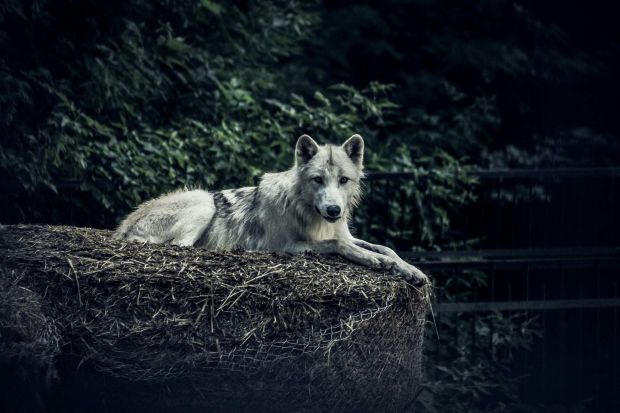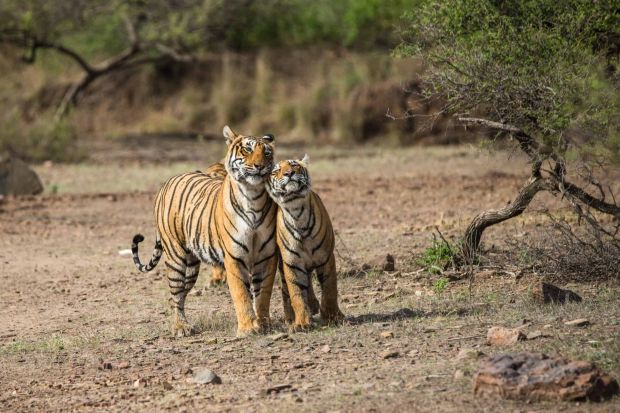The Secret Language of Big Cats: Decoding the Art of Scent Marking

The roar of a lion is undoubtedly iconic, a proclamation of power and territorial dominance. But for big cats, communication goes far beyond vocalizations. They possess a sophisticated, largely invisible, language of scent, leaving fragrant messages strategically placed throughout their territories. This process, known as scent marking, is crucial for these apex predators, influencing everything from mating opportunities to territorial disputes.
Imagine a world where unseen smells convey vital information. This is the reality for lions, tigers, leopards, jaguars, and cheetahs. Scent marking allows them to communicate over vast distances and across time, leaving a biological “graffiti” that details their identity, status, and intentions.
Why Scent Mark? The Multifaceted Message:
Scent marking serves a variety of essential functions in the lives of big cats:
- Territorial Boundaries: Perhaps the most well-known function, scent marking allows big cats to define and defend their territories. Urine spraying, defecation, and scratching on trees all act as visual and olfactory cues to warn off potential intruders. This is especially crucial for solitary cats like leopards and tigers, reducing the risk of dangerous confrontations.
- Mate Attraction and Availability: Scent marking plays a critical role in courtship and reproduction. Females in estrus release pheromones in their urine and scent markings, signaling their readiness to mate to potential partners. Males, in turn, use scent marking to advertise their presence and dominance, vying for the opportunity to reproduce.
- Individual Identification: Each cat possesses a unique scent profile, akin to a human fingerprint. This allows them to identify each other, even without visual contact. Cubs can recognize their mothers, and dominant males can identify potential rivals or subordinates within the pride.
- Establishing Hierarchy and Status: Within a pride of lions, scent marking helps to reinforce the social hierarchy. Dominant males often mark more frequently and in prominent locations, asserting their authority. This helps to maintain order and reduce aggression within the group.
- Relaying Information about Diet and Health: The chemical composition of scent marks can potentially convey information about a cat’s diet, health, and overall condition. This could allow other cats to assess the marker’s strength and fitness, influencing their decisions to challenge or avoid them.
The Tools of the Trade: Methods of Scent Marking:
Big cats employ a variety of methods to leave their olfactory calling cards:
- Urine Spraying: This is perhaps the most common and conspicuous form of scent marking. Cats will often back up to a prominent object, such as a tree or rock, and spray urine, leaving a potent and easily detectable message.
- Defecation: Leaving scat in a prominent location, known as a “latrine,” also serves as a visual and olfactory boundary marker.
- Scratching: Cats often scratch on trees, leaving both visual and olfactory cues. The scent glands on their paws leave behind a unique fragrance as they rake their claws.
- Rubbing: Rubbing their heads and bodies against objects, especially trees and rocks, allows cats to deposit scents from their facial glands.
- Vocalizations: While not strictly scent marking, vocalizations like roaring and growling can also contribute to territorial communication and are often accompanied by scent marking behaviors.
The Future of Scent Marking Research:
Understanding the complex language of scent in big cats is vital for their conservation. By studying the chemical composition of scent marks and observing their marking behaviors, researchers can gain valuable insights into their social structure, territorial dynamics, and reproductive strategies. This knowledge can then be used to inform conservation efforts, such as mitigating human-wildlife conflict and managing populations in fragmented habitats.
For example, understanding the specific scents that attract or repel certain species could be used to create “scent fences” to keep them away from livestock or to attract them to safer areas.
In conclusion, scent marking is a complex and multifaceted communication system that plays a crucial role in the lives of big cats. By deciphering the secret language of scent, we can gain a deeper understanding of these magnificent creatures and work towards their long-term survival in an increasingly challenging world.



